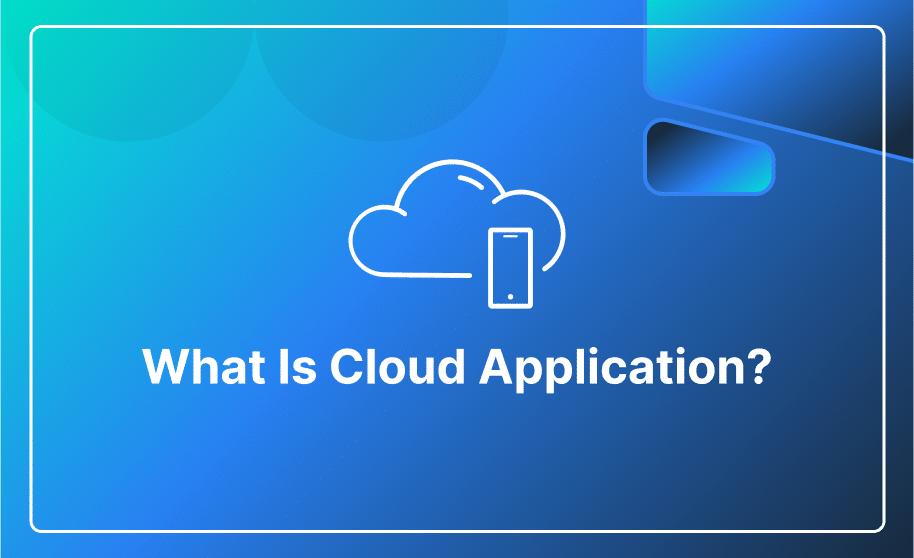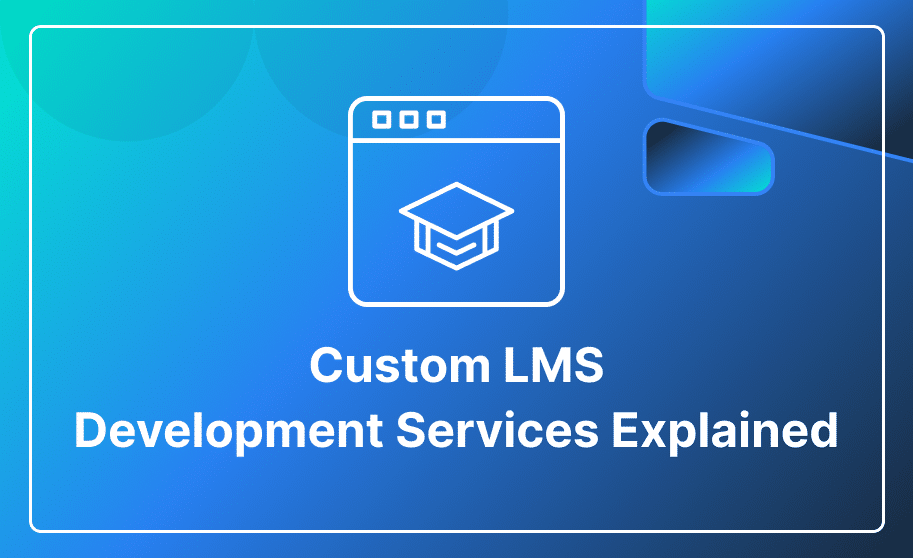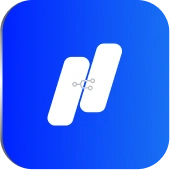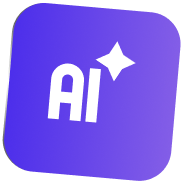In today’s world, reliance on digital tools is paramount, and as customer demands are constantly evolving, online marketplaces have gained significant popularity as prominent business models.
A typical marketplace app is a connecting platform for both sellers and buyers. It may involve individuals looking to trade services, as seen on platforms such as Upwork and Fiverr. Alternatively, it could be a space for the buying and selling of physical or digital products, such as Amazon, eBay, or Airbnb.
Explore our guide, “What is Bubble.io?” for an in-depth understanding of Bubble.io.
Four Marketplace Features Ideal for Bubble
Below are the predominant characteristics that are shared by all successful marketplaces.
- Using Existing Technologies: Marketplaces need common web features like user signups, profiles, searches, and transactions instead of relying on new technological solutions. Developing software using traditional coding languages is unnecessary in this context, as this approach is more suitable for complex problems such as Machine learning algorithms.
- Requires Extensive Customization: While marketplace apps generally follow similar patterns, creating them involves extensive customization. This is because there are diverse ways the two or more sides can connect, organize, and do transactions, significantly impacting the user experience on the platform. For instance, you might decide to connect buyers and sellers in various ways:
- The customer reviews items for sale and chooses one (like Etsy).
- Customers post a request, sellers apply or bid for it, and then the buyer accepts one (such as Upwork).
- The customer posts a request, and the system finds a suitable match (such as Uber).
- And numerous other options.
- Depend on User Trust and Experience: Since marketplaces involve financial or business transactions, it’s important to ease user’s concerns by tackling issues that might undermine trust in the platform. It is even more crucial in the initial stages of a marketplace when there are fewer buyers and sellers. To do this, provide users with a polished, well-designed, and convenient experience on your website to convey the legitimacy and security of the platform.
- Need Ongoing Improvement: To increase the user bases (both buyers and sellers) at a consistent time and rate, marketplaces need to focus on quick development and adaptability.
A Step-by-Step Guide to Creating a Bubble Marketplace
In the following section, we will explore the steps to develop a Bubble marketplace:
Step 1: Visit the Bubble.io website, sign up, and once your account is created, watch some introductory videos offered by Bubble to understand the basics of Bubble.
Step 2: Before building a marketing app, having a thorough understanding of what marketplace is essential. Outline your target audience and niche. Conduct research on current competitors in your industry and pinpoint unique selling points that will distinguish the marketplace from others.
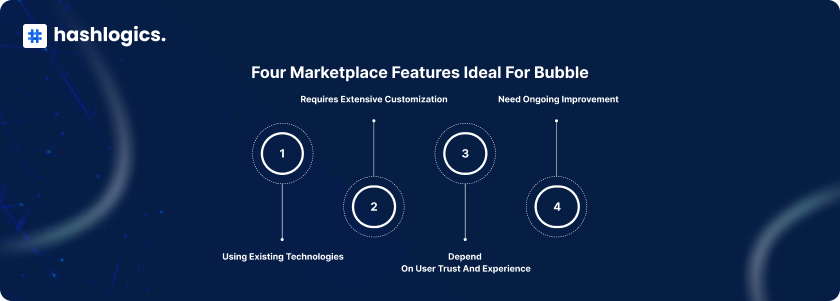
Step 3: The next step is to plan its structure Begin by outlining the primary categories and subcategories that will organize your products and services.
Consider user types that will engage on your platform and specify their roles and permissions. Creating a user-friendly interface and an intuitive user experience is important for attracting and retaining users.
Step 4: Now, it’s time to create the backend of your Bubble marketplace. With Bubble’s robust backend tools, you can create a strong database scheme and define different types of data.
Begin by generating the necessary data types to represent important entities of your marketplace, like users, products, and orders.
Step 5: After creating the backend, shift your attention to the front end of your marketplace. Start by creating an attractive landing page and homepage that immediately grabs the attention of the visitors.
Step 6: Establish payment methods and design a seamless checkout process for your users.
Step 7: To make the marketplace unique, add advanced features that elevate user engagement and satisfaction.
Step 8: Before you launch your marketplace, it is crucial to do thorough testing to ensure a seamless user experience. Test your marketplace on various devices and browsers to find bugs and errors.
Step 9: Now, your Bubble marketplace is ready to be launched. Create a rollout plan, develop a compelling product description, utilize SEO strategies, and use social media platforms to promote your marketplace.
Step 10: After launching the marketplace, ongoing maintenance and scalability becomes important. Regularly review user feedback, make improvements, and prioritize data security.
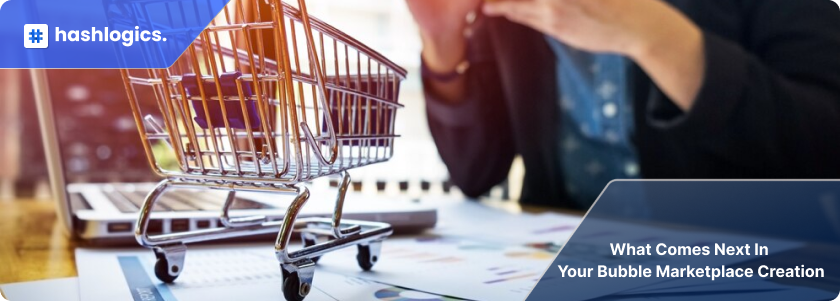
What Comes Next in Your Bubble Marketplace Creation
When you’re thinking about using no-code for marketplace apps and figuring out if Bubble is right for you, keep in mind that all marketplaces require specific platform components. These components will differ based on the type of marketplace app and the unique requirements of the user.
Read our comprehensive blog post, “Bubble.io: A Comprehensive Review of Pricing, Features, and Potential Limitations” for a thorough understanding.
Starting Your Bubble Marketplace? We’re Here to Assist!
Hashlogics, the premier Bubble agency, is your partner for the swift launch of a custom, production-grade marketplace on Bubble. Contact us now to discuss your marketplace app.


